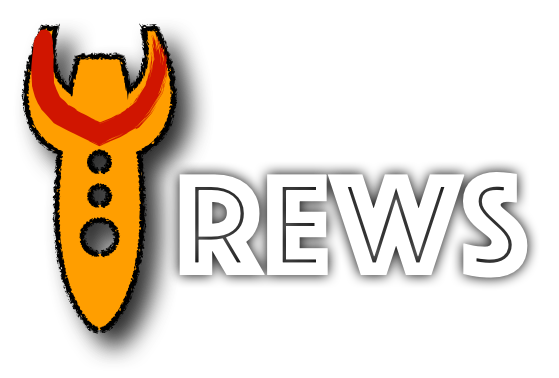The Smart City Revolution
Smart cities are no longer a futuristic concept—they already exist. From sensor-equipped traffic systems to AI-controlled energy grids, these cities aim to improve urban life through data and connectivity. The Internet of Things (IoT) plays a crucial role in making cities more efficient, eco-friendly, and safe.
However, we must ask an uncomfortable question:
Are we trading freedom for convenience?
As we embrace smart urbanisation, are we creating digital utopias—or building surveillance systems disguised as innovation?
What Is IoT and How Does It Power Smart Cities?
IoT connects physical devices—cameras, sensors, traffic lights, appliances—to the internet, enabling them to collect and exchange data. In smart cities, people use IoT to:
-
Optimize traffic through real-time tracking
-
Manage waste with smart bins
-
Save energy using smart meters and grids
-
Enhance public safety through surveillance and emergency alerts
While these features improve quality of life, the same technology that controls traffic flow can also track individuals’ movements.
The Dark Side: Where IoT Meets Control
1. Mass Surveillance and Privacy Erosion
City administrators often install CCTV cameras, deploy facial recognition systems, and use GPS tracking in the name of security. However, these tools frequently track people without their awareness or consent.
Case Example:
In China, facial recognition and IoT tools help enforce a social credit system, which rewards or penalizes individuals based on behavior. This use of technology has turned monitoring into a mechanism for control.
2. Data Collection Without Accountability
IoT systems gather enormous amounts of personal data—including locations, behavioral patterns, energy usage, and biometric details.
But who controls this data?
If private corporations or governments take charge without clear accountability, they gain the power to manipulate, profile, and exploit this information.
3. Cybersecurity Threats to Civil Infrastructure
Hackers don’t just target individuals—they attack smart infrastructure. When cybercriminals breach IoT systems, they can:
-
Shut down electricity grids
-
Steal sensitive personal data
-
Hijack traffic systems
-
Disrupt emergency services
As cities become more reliant on interconnected devices, the threat landscape widens significantly.
Are We Building Digital Dictatorships?
A digital dictatorship doesn’t always involve a single authoritarian leader. It can grow quietly when:
-
Authorities monitor citizens around the clock
-
Systems use personal data to suppress dissent
-
People restrict their own speech or movement out of fear
When every transaction, communication, and location gets tracked, democracy starts to erode. Surveillance, even if silent, changes the way people behave.
Solutions: How Can We Make Smart Cities Ethical and Transparent?
Thankfully, we can build smart cities that respect privacy and empower citizens. Here’s how:
-
✅ Enact stronger data protection laws, like GDPR, to ensure user consent
-
✅ Promote transparent governance by involving citizens in decisions
-
✅ Implement decentralized data ownership through blockchain-based systems
-
✅ Conduct routine cybersecurity audits to safeguard public infrastructure
-
✅ Offer opt-in data sharing to give individuals control over their information
By applying these principles, we can design smart cities that enhance freedom rather than restrict it.
Smart, But at What Cost?
Smart cities hold enormous potential to transform urban living. They can reduce pollution, prevent accidents, and save energy.
However, they also introduce serious questions about privacy, surveillance, and control.
If we don’t regulate how cities use technology, we risk turning convenience into coercion.

